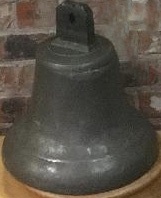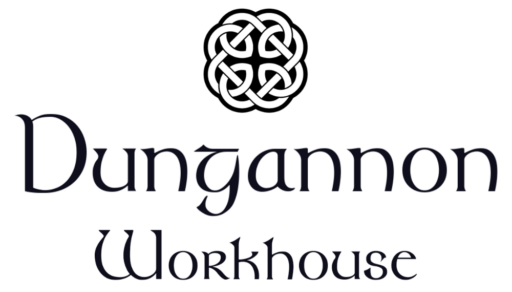In 1936 objections were raised by Ministry of Home Affairs to plans for the reconstruction of Dungannon workhouse buildings which had been discussed at a meeting of the board of guardians. With J.W. Crossle presiding, the meeting was told that the amended plans would probably increase the cost of the proposed reconstruction from £24,000 to £35,000 and as such it was decided to convene a special meeting to consider the matter. Plans to move the ‘inmates’ of the workhouse to another district were objected to by the council. The following year it was decided to shelf plans for a year for the reconstruction of the workhouse which had caused considerable controversy.
In 1940, the board of guardians under the chair of James Watt looked to celebrate the centenary of the building and ordered that the clerk should prepare a summary of the history of the institution, so that they might celebrate its foundation. The clerk, William McGuffin remarked that he would certainly do this, but he would ‘enjoy the job more if they were celebrating the abolition of the workhouse’. He said he thought that ‘after 100 years the country should have prospered enough to make it possible to abolish all workhouses’. The end of the workhouse system in Northern Ireland and in Dungannon would soon be at hand.

In January 1948 the Ulster Herald newspaper reported that Dungannon workhouse was to close along with Cookstown and Omagh in Tyrone and that only Coleraine, Armagh and Belfast would remain open. It was proposed that the building could be used by the hospital service, but this was slow in happening. A year and half later there was still no progress on the matter, with an MP stating that the matter would go before parliament. In 1958 it was announced that the hospitals authority was to pay Tyrone County Council £4,500 pounds for the workhouse and the amount realised in the sale would go to the relief of the rates in Dungannon.


The main part of the workhouse complex was demolished in 1961 and a portion which remained functioned as council offices until 1978. The front buildings of the workhouse were used for meetings of the Rural District Council and for the Registration of Births Deaths and Marriages. The graveyard was forgotten about.In 1969 the South Tyrone hospital was officially opened by Lord Grey of Naunton.
Prior to the demolition of the workhouse, a local businessman Jimmy Donnelly managed to save the workhouse bell, had it refurbished and presented it to the South Tyrone Hospital, where it is on display to-day. The bell is perhaps the most significant item from the history of the house as it was used to summon the people and reminder that in the morning, at meal times and when they went to sleep that they were part of this institution.




